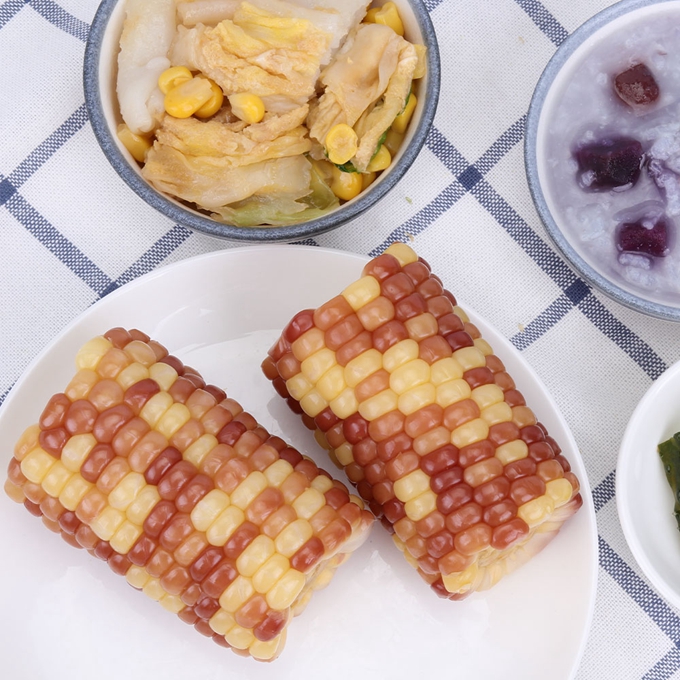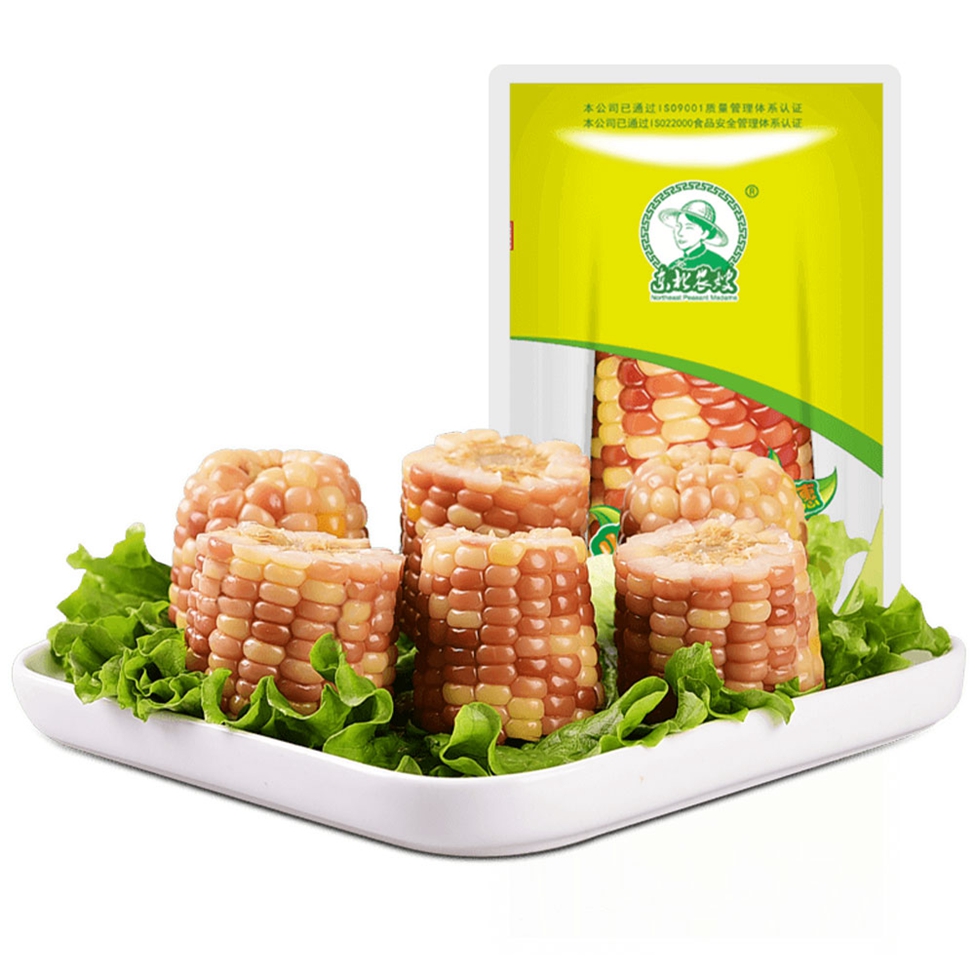The amount of fertilization for the early rice seedlings is much higher than that for the water seedlings. Because some farmers have poor fertilization techniques during the seedbed period, the phenomenon of fertilizer killings occurs every year.
Drought and aphid damage mainly occurs before and after the 3-leaf stage and when the sunny weather is high. Inappropriate fertilization type, timing, and method can cause fertilizer damage. The farmyard manure applied by seedlings is not fully decomposed. Organic matter competes with the seedlings for moisture during the semi-mature process of the soil. The local high temperature produces high concentrations of ammonia or toxic substances, causing poisoning, burning, or even dead seedlings to the seedlings; After the seedlings are bent, the roots touch the fat group or fertilizer pond under the roots. It is easy to be “burned†by high-concentration fertilizer solution, resulting in the above-ground part of physiological seedlings. The chemical fertilizer is applied to the surface of the seedbed soil before sowing. , Cause seed germination, germinal radical burns, seedlings have buds without roots, there is a piece of dead; Fertilizer as base fertilizer applied too late, the amount of large, ammonium nitrogen applied to the seedlings can not be converted to nitrate nitrogen for seedling root absorption, causing Ammonia poisoning burning seedlings; lineage
The method of water-raising seedlings involves a one-time over-application of fertilizers or uneven application of fertilizers after the seedlings are seedlings, or spraying with clean water after applying the seedlings, resulting in the seedlings becoming strips or banded dead seedlings. The damage is also light. It will be difficult to grow strong seedlings because it will become stagnant or diseased.
To prevent dry seedlings from killing and killing seedlings, targeted measures must be taken.
Choose the seedbed. Choose a vegetable garden near the water source, high-lying land, fertile soil, and good soil permeability, or other dry land for the seedbed. Generally, for every 1 mu of farmland to be planted, 10-15 square meters of seedbed is required, and the seedbed soil must meet the requirements of fertilizer, pine, thick, soft and fine. Such as the use of paddy fields as seedbeds, the need for early plowing and padding a large number of dry land, fertilizer, mixed with farmyard fertilizer, soil and fertilizer to mix evenly, the thickness requirements of more than 5 cm, fat can not appear, fat pond. Generally, 10 kg of full-fermented farmyard fertilizer is applied per square meter, 100% of compound fertilizer with 15% NPK, and 10-20 g of zinc sulfate.
Control topdressing. Seedlings grow well and generally do not require top dressing.
See yellow seedlings, must find the reason, can not see Huang Miao on top nitrogen fertilizer, because the lack of fertilizer is not the only reason for yellowing, seedbed humidity is too high, too much water, soil compaction can cause yellow seedlings. When young seedlings grow weakly and thinly, a small amount of “weaning fertilizer†can be applied in the 1.5-2 leaf stage of seedlings; the “supplying manure†can be applied 3-5 days before transplanting, or 0.5%-1% can be used. The urea solution was evenly sprayed 1 day before emergence.
Pouring water. After the seedbed is leveled, it is sprayed with water so that the entire cultivation layer is in a state of water saturation. Some farmers use dry fire and earth ash, dry brick ash, and hay and wood ash as nutrient soils, which are prone to excessive nutrient soil salinity and water loss due to reverse osmosis. Therefore, seeding, seeding, and pouring the bottom water should be performed continuously to prevent physiological blight of seedlings in the future and induce a large number of dead seedlings and burn seedlings. After the seedlings are sown, they should be pressed gently and then covered with fine soil. The thickness is about 1 cm. This will not only help germinate seedlings, but also help prevent the killing of seedlings.
Color waxy corn is generally white, yellow, red, purple and black, white, yellow and purple corn is the basic color. The purple gene in a purple/white hybrid will naturally become purple if it "beats" the white gene, and vice versa, if it's a tie, what we see is a white/purple corn. Purple can turn into red corn and black corn, which is often called "red is purple, black is purple."




Mottled Corn Cut,Non Gmo Corn Cob,Mottled Waxy Corn Cut,Non Gmo Corn Cob Cut
Jilin Province Argricultural Sister-in-law Food Co., Ltd. , https://www.nongsaocorn.com